How to reclaim your joy, curiosity, and creativity in the workplace
In the 2018 comedy Tag, a group of childhood friends maintains an offbeat line of connection over 30 years of friendship: the same game of tag, played through weddings, boardrooms, and hospital visits. It’s absurd and touching all at once. But the line that echoes throughout the film is where the real wisdom lies: “We don’t stop playing because we grow old; we grow old because we stop playing.” That quote isn’t just a nostalgic sentiment. It’s a reframing of adulthood itself. What if the erosion of joy, curiosity, and spontaneity is what ages us, not the passage of time, but the loss of lightness? In my work with leaders and teams, I have observed that when we abandon play, we not only lose levity but also access to resilience, creativity, and connection. And in today’s workplace, that’s a cost we can’t afford. Why Play Still Matters Play isn’t a childhood indulgence; it’s a neurological need. When we play, we downshift stress, rewire our thinking, and reopen channels of collaboration. Play functions on two powerful levels: as a circuit-breaker and a spark plug. As a circuit-breaker, it interrupts the relentless mental loops of stress, perfectionism, and overanalysis, disrupting burnout before it calcifies. As a spark plug, it reenergizes our minds, jolts us out of habitual thinking, and ignites new ideas we didn’t know we had. Whether it’s a burst of laughter, a sideways brainstorming prompt, or a spontaneous creative detour, play restores our capacity to be present, inventive, and connected. Research confirms it. Studies from Texas A&M and the University of Massachusetts Boston show that even micro-moments of play increase productivity, creativity, and psychological safety. Play lowers cortisol levels, boosts problem-solving skills, and fosters trust across teams. In essence, play isn’t the opposite of work: it’s a critical ingredient for doing it well. From Micro-Moments to Macro Shifts At a biotech leadership retreat I recently facilitated, we started with a playful “micro-recess,” including paper airplane races, a five-minute dance party, and a round of ridiculous icebreaker questions. What could have felt like a boring corporate event quickly turned into something more real. People opened up, walls came down, and over the course of the day, that energy translated into richer strategy sessions, unexpected insights, and measurable engagement boosts, which increased by 30% in post-event surveys. That’s not magic—it’s intentional play at work. Play doesn’t waste time; it reshapes how time is experienced. Rather than a rigid framework, think of these as three open invitations to shift how you show up that create the conditions for play to thrive. 1. Permission to be unpolished In many leadership environments, perfectionism masquerades as professionalism. But perfection is the enemy of possibility. Play creates psychological permission to show up unpolished. It softens the need to perform and invites people to explore. Try starting a meeting not with status updates, but with curiosity: “What’s something weird or wonderful that inspired you this week?” When the mask comes off, the mind opens up. 2. Reframe the agenda Play doesn’t have to mean ping-pong tables or off-site scavenger hunts. Sometimes it’s as simple as reframing the purpose of a meeting from “decision-making” to “idea-surfacing.” Swap PowerPoints for paper prototyping. Add 90 seconds of creative reflection before moving into action steps. Break rhythm to unlock insight. 3. Honor the absurd Not all brilliance is born in seriousness. Some of the most profound breakthroughs come from absurd beginnings. The most innovative teams I have worked with know how to follow a thread of ridiculousness to the edge of real insight. Celebrate the offbeat idea, the joke that hides a truth, the metaphor that doesn’t quite make sense—until it does. Designing Cultures of Play, Not Just Moments It’s easy to treat play as a momentary tactic—a break between “real work.” But the most forward-thinking organizations embed it into their culture. They don’t just tolerate it; they value it. That could mean incorporating play into onboarding, transforming retrospectives into storytelling circles, or designing workspaces that encourage movement and curiosity. These practices don’t dilute performance; they actually fuel it. We’re entering an era that prizes agility over efficiency, imagination over repetition, and emotional intelligence over sheer expertise. In that world, play becomes a strategic skill. It strengthens culture, enhances cognition, and helps prevent burnout. Most importantly, it reminds us that even in high-stakes environments, levity is not a luxury; it’s how we stay human. So if your next meeting feels dry, try something unexpected. Pause, play, and let a little laughter in. Because in a world that races to outcomes, those who stay playful often lead with more presence, more creat
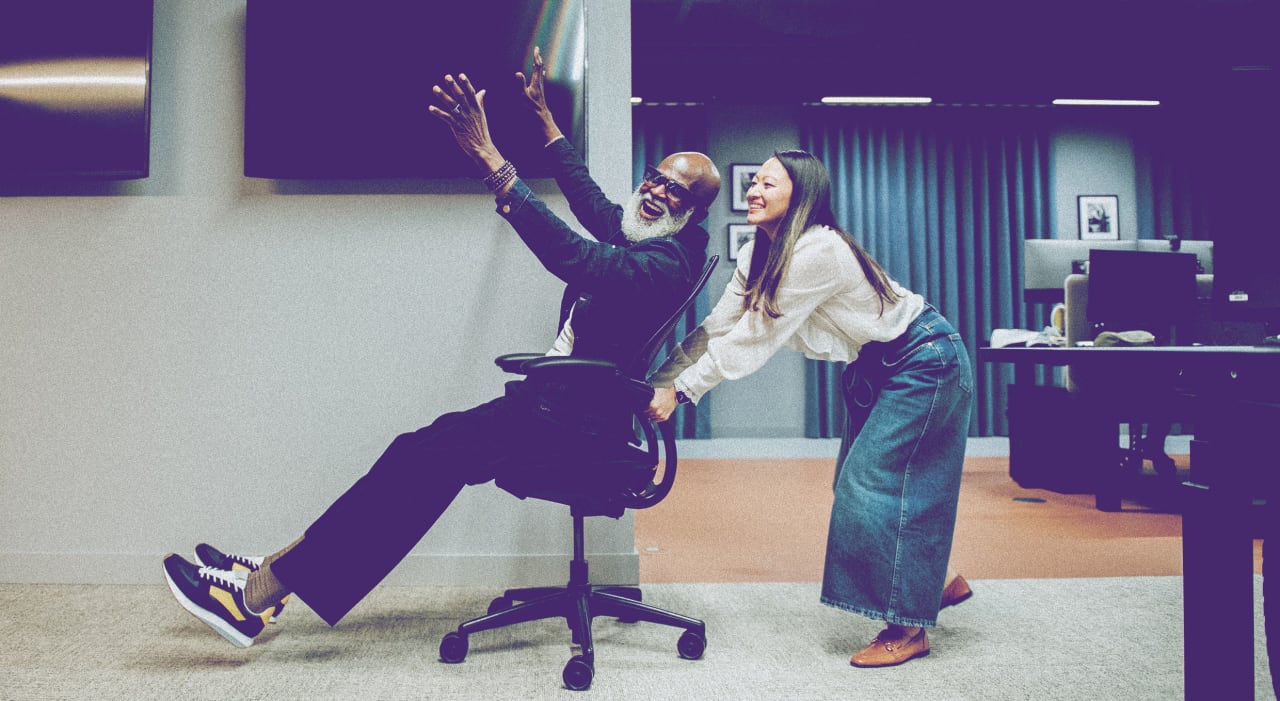
In the 2018 comedy Tag, a group of childhood friends maintains an offbeat line of connection over 30 years of friendship: the same game of tag, played through weddings, boardrooms, and hospital visits. It’s absurd and touching all at once. But the line that echoes throughout the film is where the real wisdom lies: “We don’t stop playing because we grow old; we grow old because we stop playing.”
That quote isn’t just a nostalgic sentiment. It’s a reframing of adulthood itself. What if the erosion of joy, curiosity, and spontaneity is what ages us, not the passage of time, but the loss of lightness?
In my work with leaders and teams, I have observed that when we abandon play, we not only lose levity but also access to resilience, creativity, and connection. And in today’s workplace, that’s a cost we can’t afford.
Why Play Still Matters
Play isn’t a childhood indulgence; it’s a neurological need. When we play, we downshift stress, rewire our thinking, and reopen channels of collaboration.
Play functions on two powerful levels: as a circuit-breaker and a spark plug. As a circuit-breaker, it interrupts the relentless mental loops of stress, perfectionism, and overanalysis, disrupting burnout before it calcifies. As a spark plug, it reenergizes our minds, jolts us out of habitual thinking, and ignites new ideas we didn’t know we had. Whether it’s a burst of laughter, a sideways brainstorming prompt, or a spontaneous creative detour, play restores our capacity to be present, inventive, and connected.
Research confirms it. Studies from Texas A&M and the University of Massachusetts Boston show that even micro-moments of play increase productivity, creativity, and psychological safety. Play lowers cortisol levels, boosts problem-solving skills, and fosters trust across teams. In essence, play isn’t the opposite of work: it’s a critical ingredient for doing it well.
From Micro-Moments to Macro Shifts
At a biotech leadership retreat I recently facilitated, we started with a playful “micro-recess,” including paper airplane races, a five-minute dance party, and a round of ridiculous icebreaker questions.
What could have felt like a boring corporate event quickly turned into something more real. People opened up, walls came down, and over the course of the day, that energy translated into richer strategy sessions, unexpected insights, and measurable engagement boosts, which increased by 30% in post-event surveys. That’s not magic—it’s intentional play at work. Play doesn’t waste time; it reshapes how time is experienced.
Rather than a rigid framework, think of these as three open invitations to shift how you show up that create the conditions for play to thrive.
1. Permission to be unpolished
In many leadership environments, perfectionism masquerades as professionalism. But perfection is the enemy of possibility. Play creates psychological permission to show up unpolished. It softens the need to perform and invites people to explore.
Try starting a meeting not with status updates, but with curiosity: “What’s something weird or wonderful that inspired you this week?” When the mask comes off, the mind opens up.
2. Reframe the agenda
Play doesn’t have to mean ping-pong tables or off-site scavenger hunts. Sometimes it’s as simple as reframing the purpose of a meeting from “decision-making” to “idea-surfacing.”
Swap PowerPoints for paper prototyping. Add 90 seconds of creative reflection before moving into action steps. Break rhythm to unlock insight.
3. Honor the absurd
Not all brilliance is born in seriousness. Some of the most profound breakthroughs come from absurd beginnings. The most innovative teams I have worked with know how to follow a thread of ridiculousness to the edge of real insight.
Celebrate the offbeat idea, the joke that hides a truth, the metaphor that doesn’t quite make sense—until it does.
Designing Cultures of Play, Not Just Moments
It’s easy to treat play as a momentary tactic—a break between “real work.” But the most forward-thinking organizations embed it into their culture. They don’t just tolerate it; they value it.
That could mean incorporating play into onboarding, transforming retrospectives into storytelling circles, or designing workspaces that encourage movement and curiosity. These practices don’t dilute performance; they actually fuel it.
We’re entering an era that prizes agility over efficiency, imagination over repetition, and emotional intelligence over sheer expertise. In that world, play becomes a strategic skill. It strengthens culture, enhances cognition, and helps prevent burnout. Most importantly, it reminds us that even in high-stakes environments, levity is not a luxury; it’s how we stay human.
So if your next meeting feels dry, try something unexpected. Pause, play, and let a little laughter in. Because in a world that races to outcomes, those who stay playful often lead with more presence, more creativity, and, yes, more impact.




































































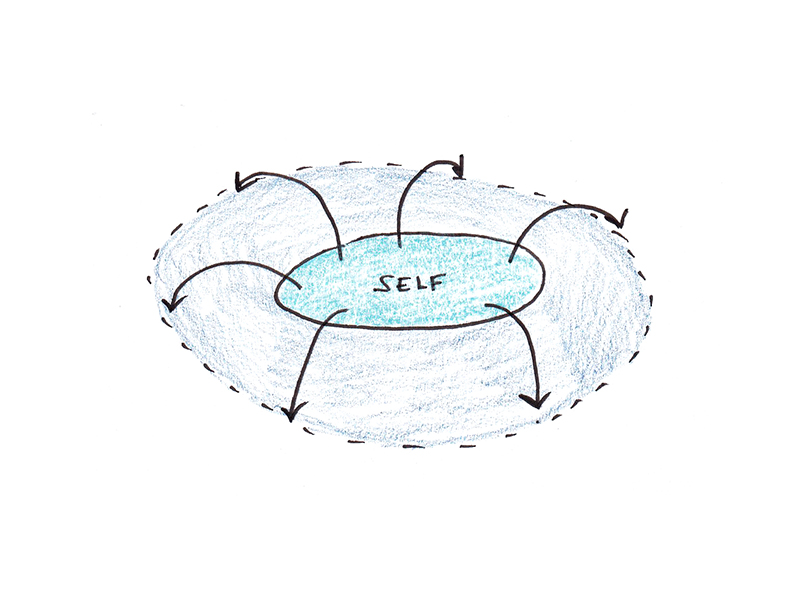

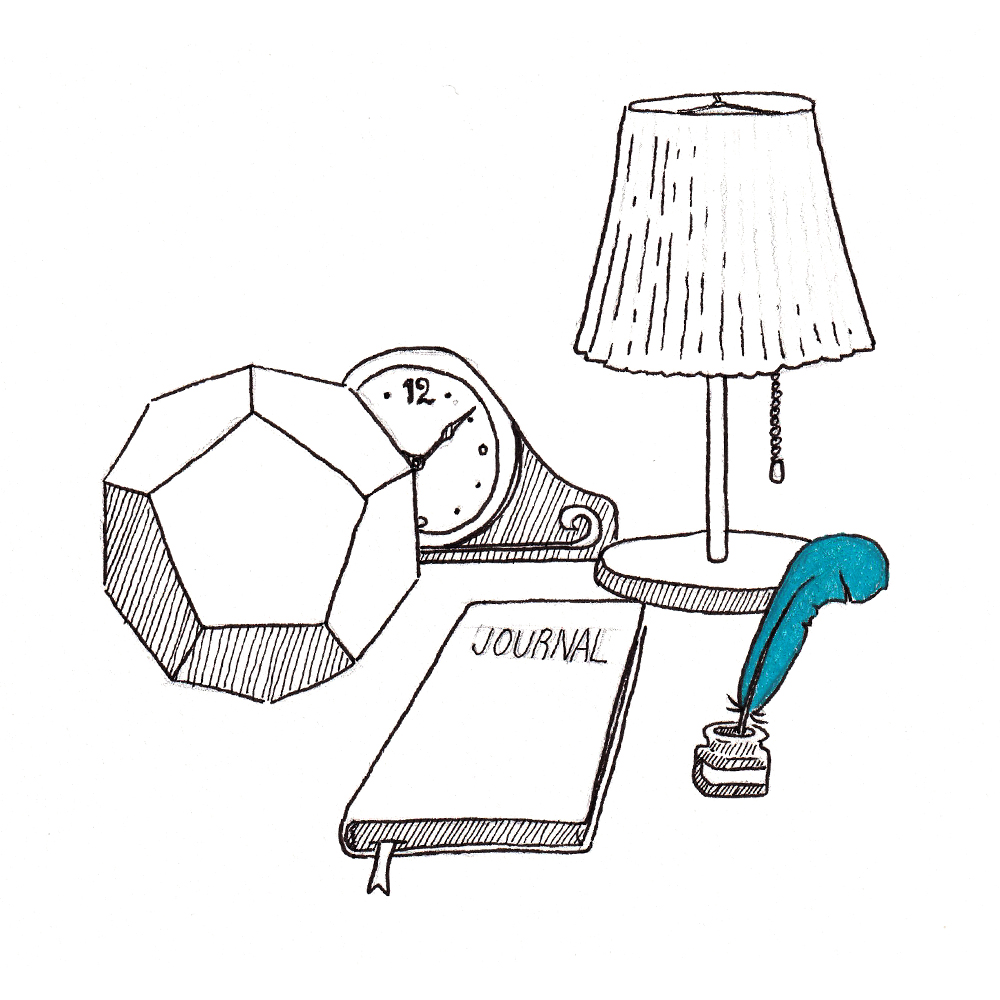



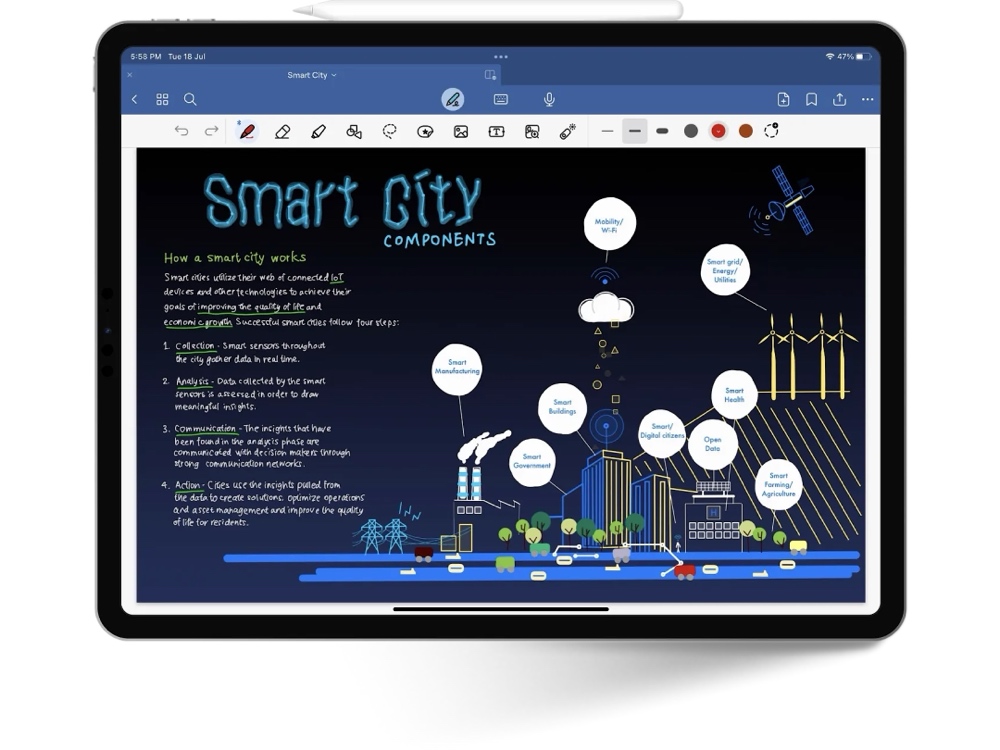

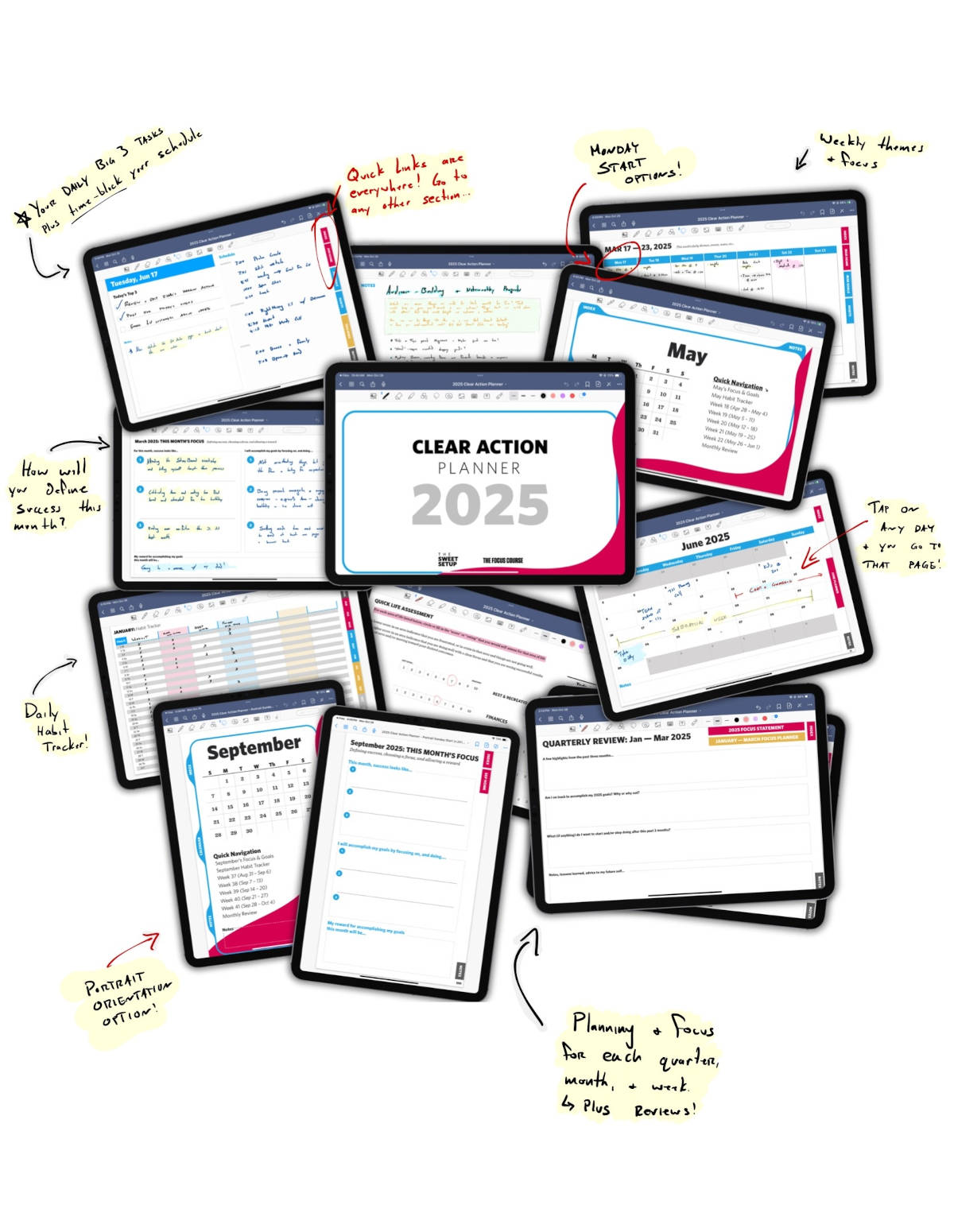
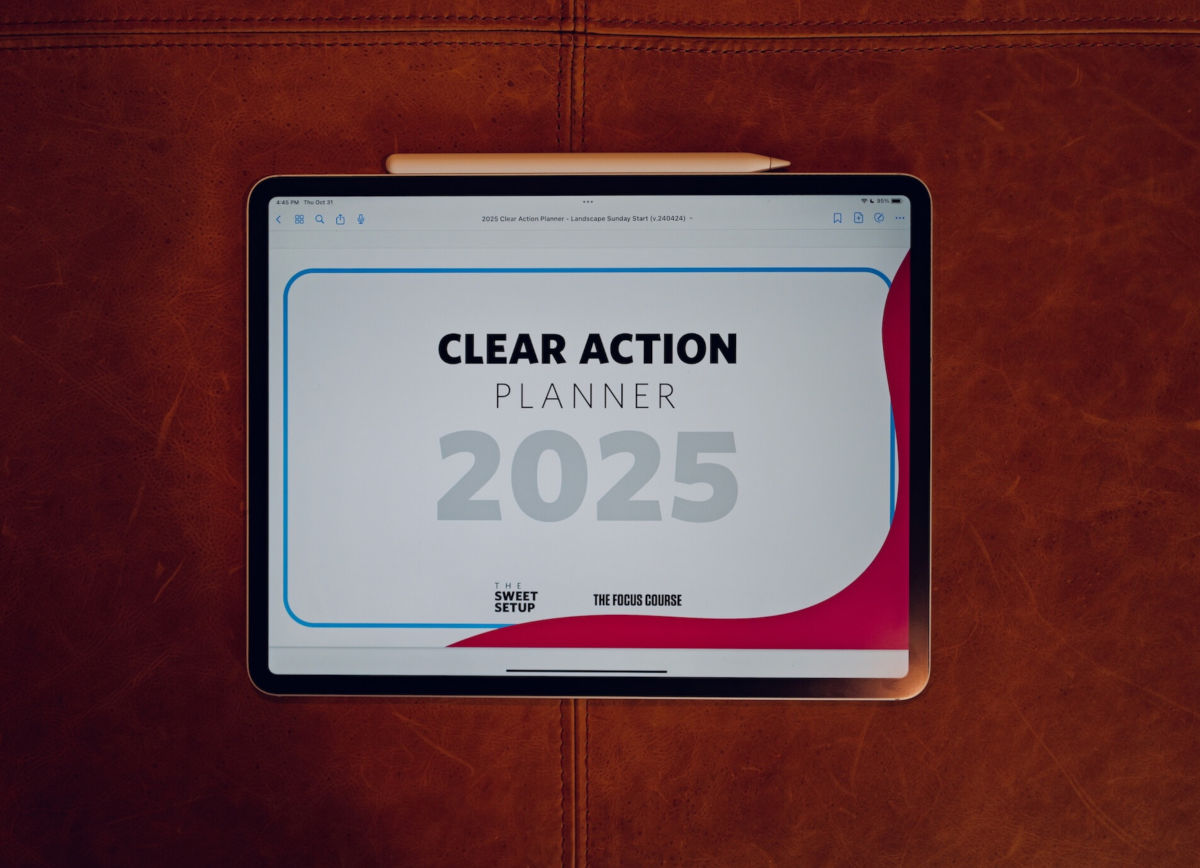



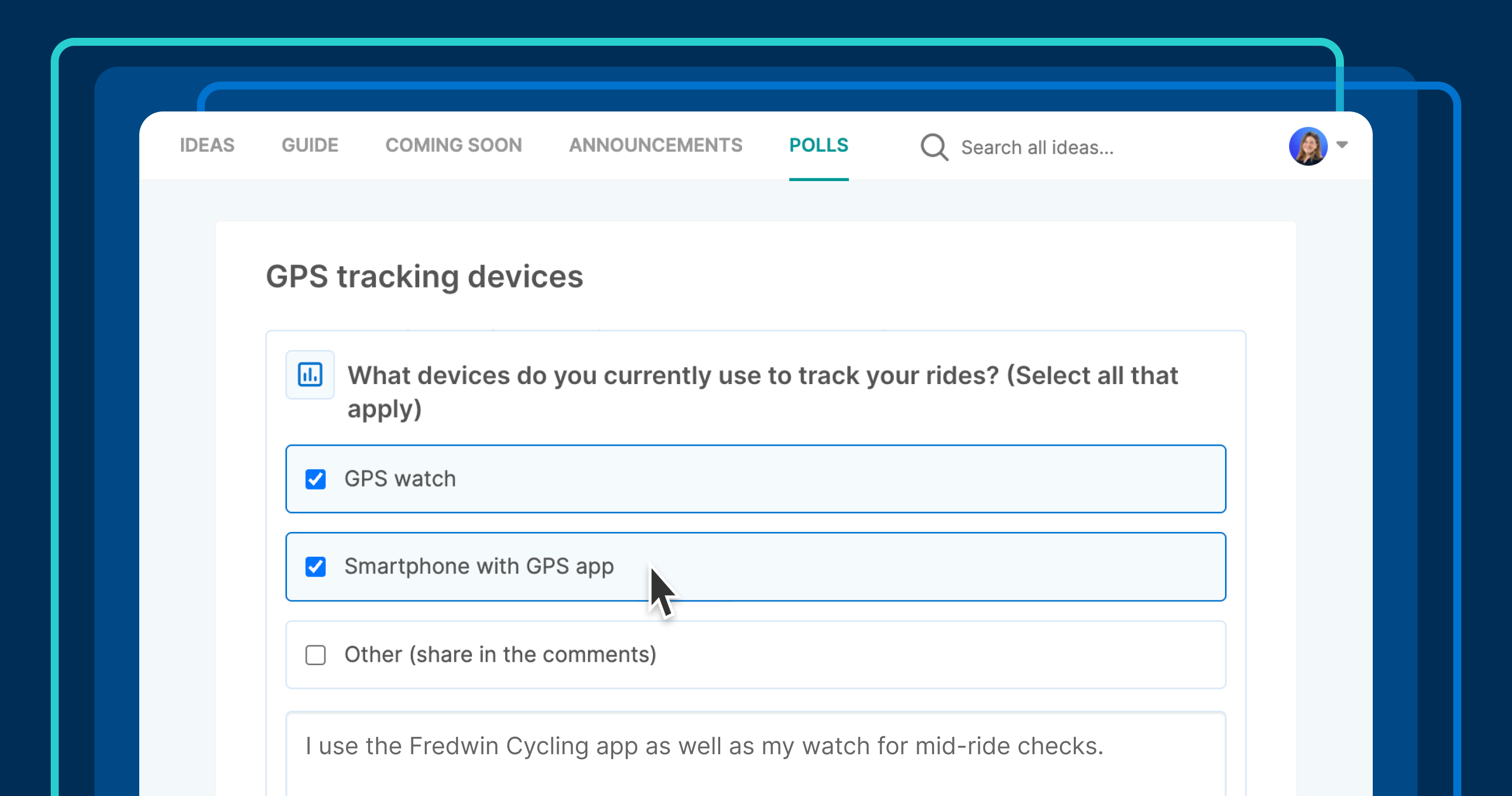








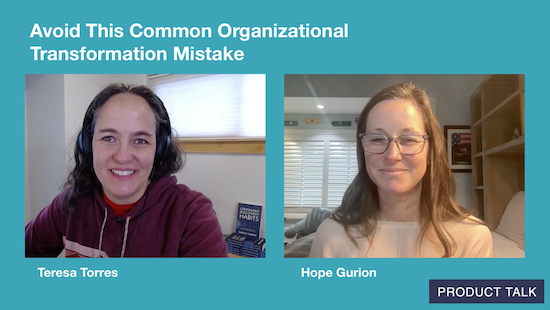
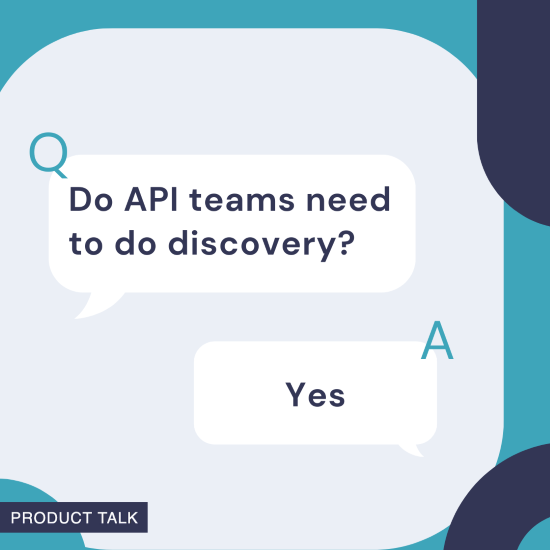









![Building A Digital PR Strategy: 10 Essential Steps for Beginners [With Examples]](https://buzzsumo.com/wp-content/uploads/2023/09/Building-A-Digital-PR-Strategy-10-Essential-Steps-for-Beginners-With-Examples-bblog-masthead.jpg)


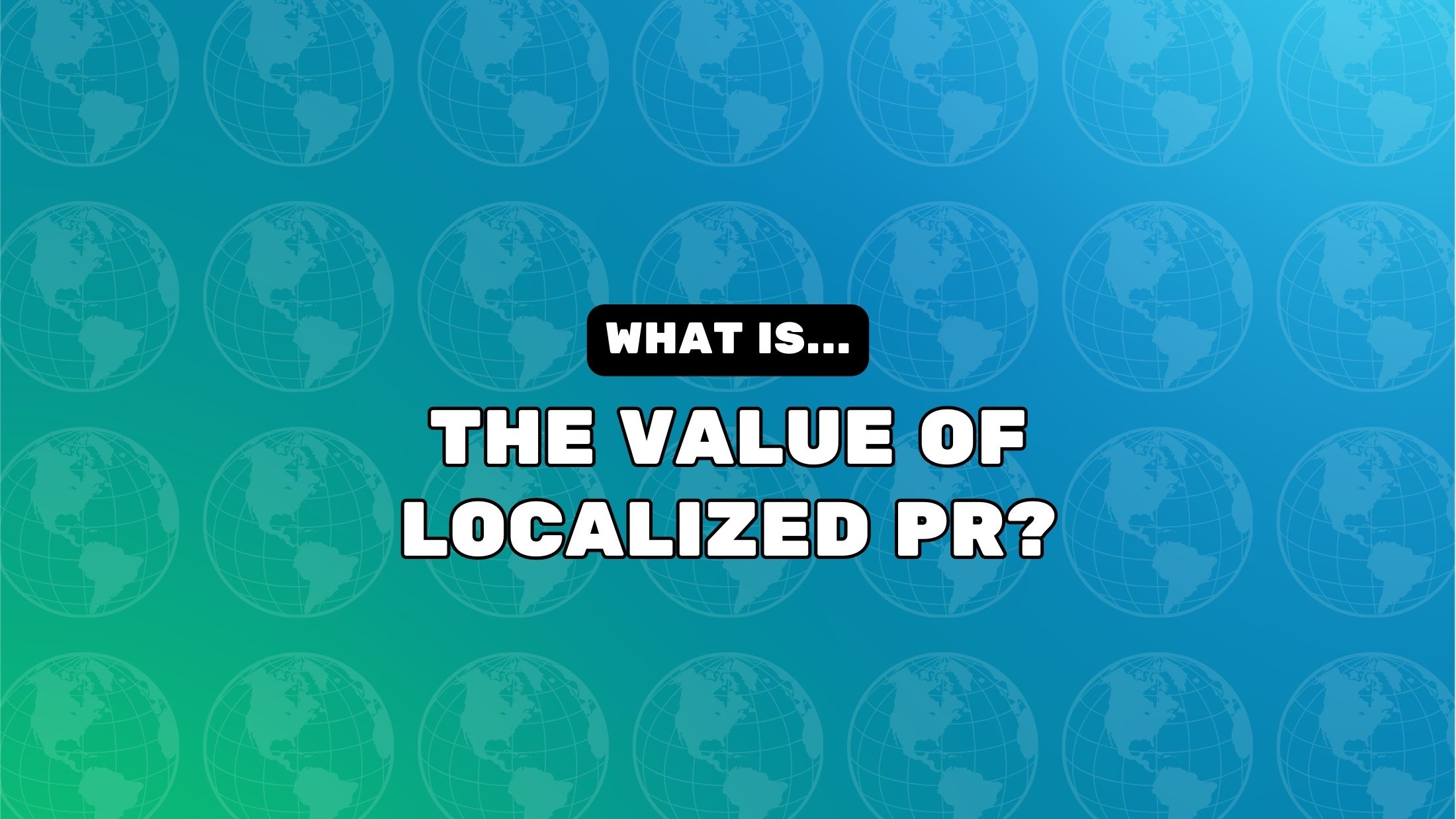


























![Senior Support Engineer - US West [IC3] at Sourcegraph](
https://nodesk.co/remote-companies/assets/logos/sourcegraph.f91af2c37bfa65f4a3a16b8d500367636e2a0fa3f05dcdeb13bf95cf6de09046.png
)



















